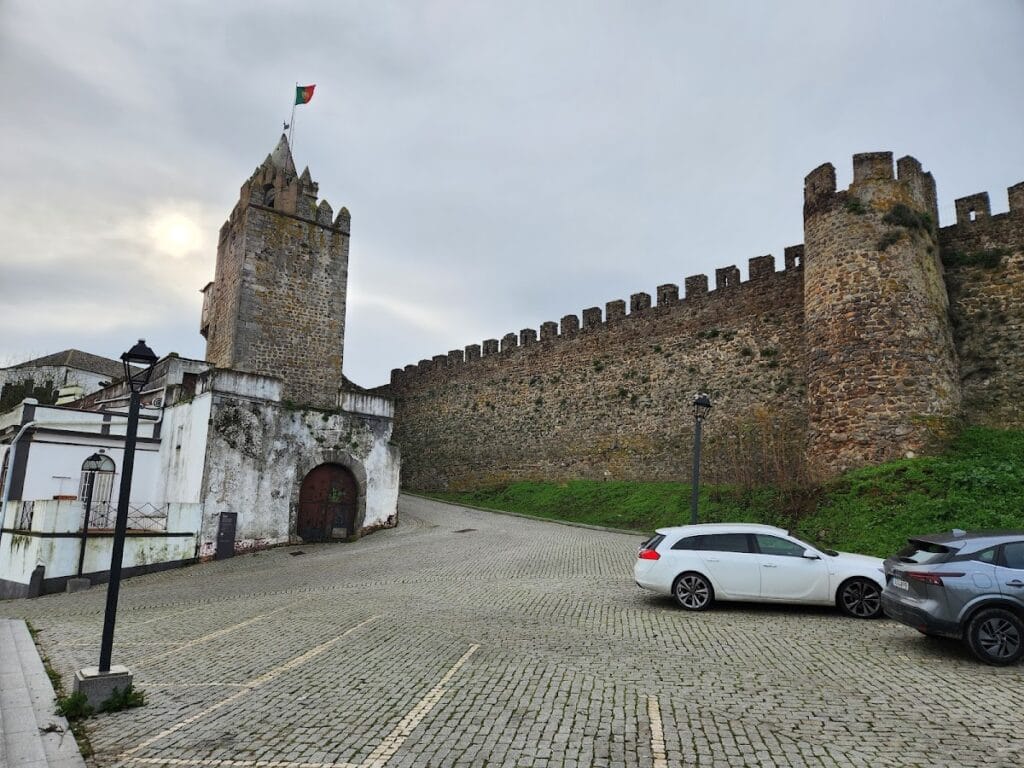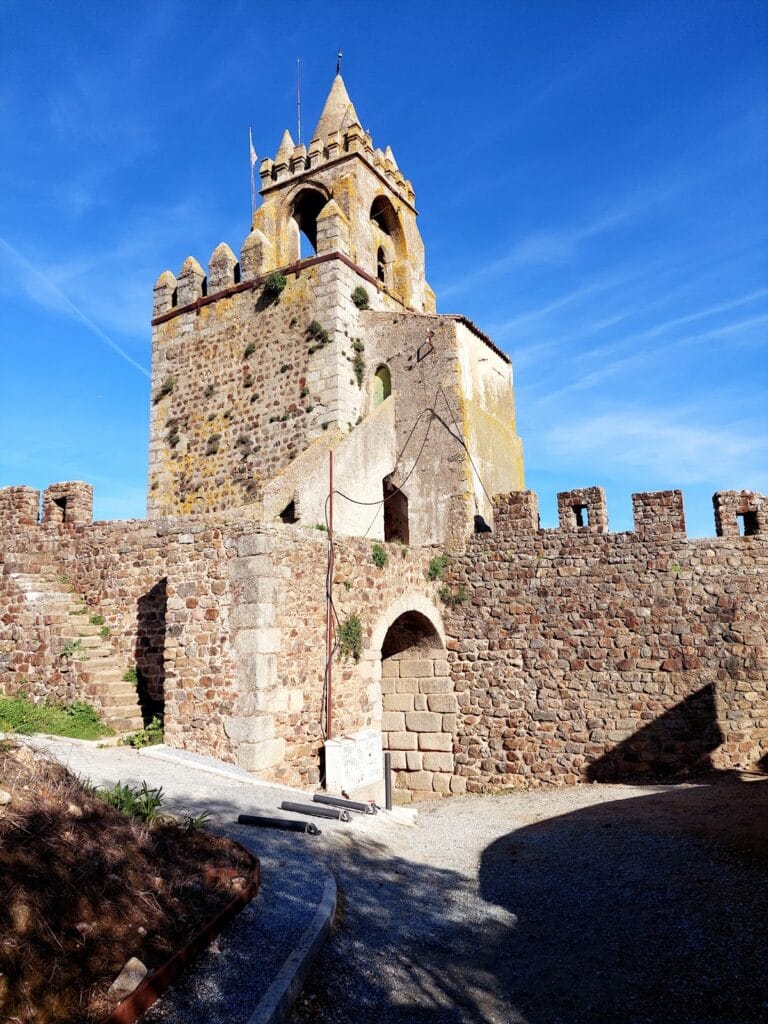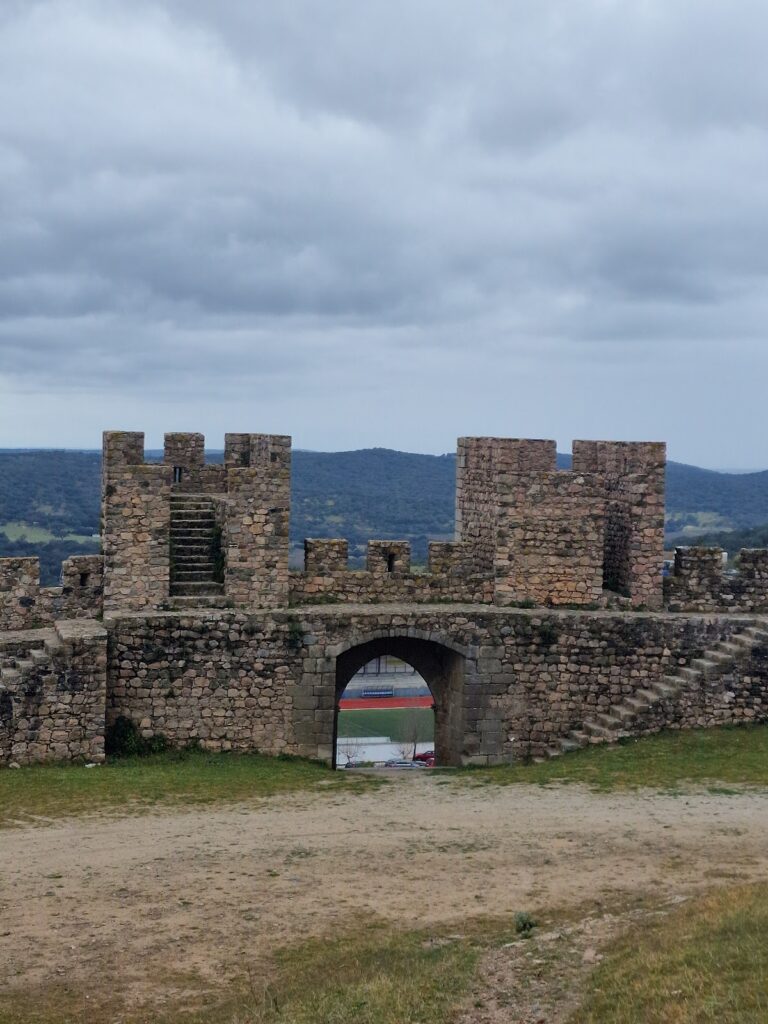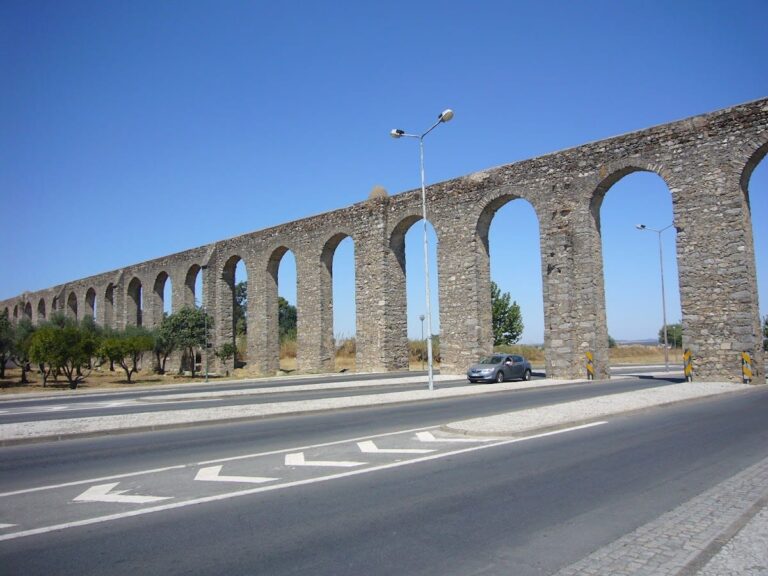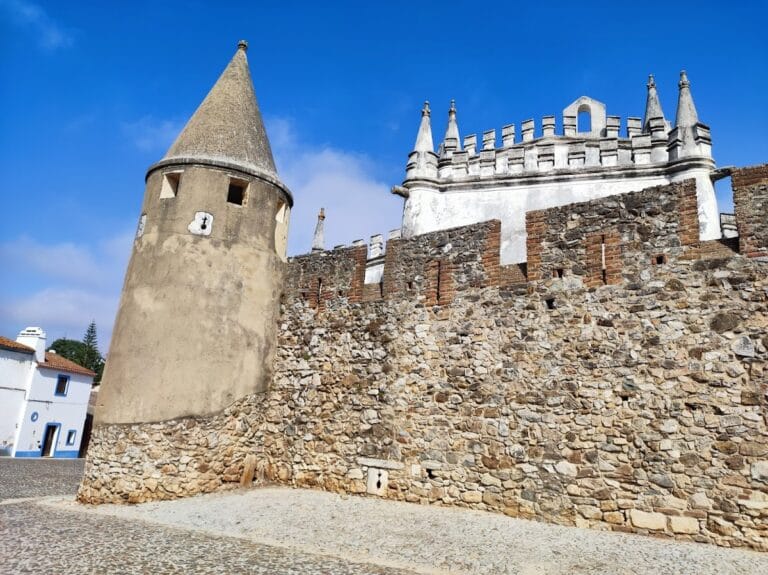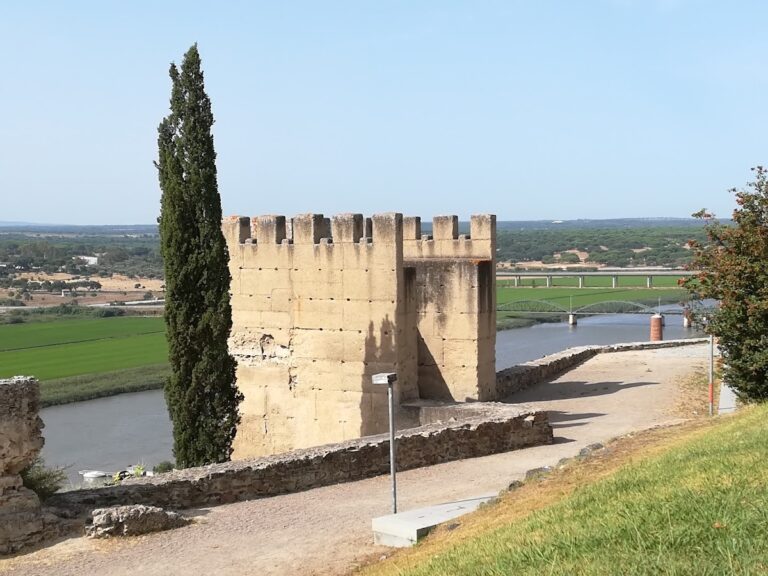Castelo de Montemor-o-Novo: A Historic Fortress in Portugal
Visitor Information
Google Rating: 4.3
Popularity: Medium
Google Maps: View on Google Maps
Official Website: www.montemorbase.com
Country: Portugal
Civilization: Medieval European
Remains: Military
History
The Castelo de Montemor-o-Novo is situated in the municipality of Montemor-o-Novo, Portugal. Its origins trace back to a prehistoric fortified settlement known as a castro, which underwent Romanization. This early fortification was strategically placed along Roman roads connecting key regional centers such as Santarém, Évora, and Mérida, indicating its importance in controlling local communications and trade routes.
During the Muslim conquest of the Iberian Peninsula, the area now occupied by the castle became associated with the Muslim commander Almanzor. Some historical accounts suggest that a Muslim fortress may have been constructed on the site during this period, though firm evidence remains incomplete. Following the Christian reconquest, Portuguese forces under King Sancho I initiated the construction of the medieval castle. In 1203, the king granted a charter known as a Carta de Foral, intended to encourage resettlement and to strengthen defense of the town.
In the late 13th and early 14th centuries, under King Denis I, substantial upgrades to the castle’s defenses took place. By 1365, the town’s walls were completed, consolidating Montemor-o-Novo’s protection. Later, during the House of Aviz dynasty, the castle and town came under the control of Constable Nuno Álvares Pereira, a prominent military leader and nobleman.
The 15th century saw further renovations at the castle led by the master stonemason Afonso Mendes de Oliveira, reflecting ongoing efforts to maintain a strong defensive presence. The town flourished during the 15th and 16th centuries, benefiting from regional commerce as well as the proximity to Évora, where the royal court frequently resided. Notably, in 1495, the Cortes (a form of medieval parliament) convened at Montemor-o-Novo, where King Manuel I decided to pursue exploration by sea to India. He later issued a renewed charter for the town in 1503. The settlement’s status was elevated further by King Sebastian I in 1563 when it received the designation of “Notable Town.”
During the Portuguese Restoration War in the 17th century, King John IV’s War Council ordered the rebuilding of the castle’s defenses to strengthen the region against Spanish forces. However, the devastating earthquake of 1755 inflicted serious damage on the fortifications, and although repairs followed in the 18th century, the castle began to decline in military importance.
In the early 19th century, the castle’s garrison notably resisted the forces of Napoleon’s general Junot during the Peninsular War in 1808. Later, during the Portuguese Civil War (1828–1834), the castle served as the headquarters for liberal troops under Marshal Duke of Saldanha, playing a role in the conflict between liberal and absolutist factions.
The 20th century brought efforts to restore and consolidate the castle structure, with significant repairs carried out in 1929 and during the period between 1937 and 1945. Work included rebuilding collapsed sections and reinforcing walls near the town gate. From the 1960s to the 1980s, additional government-led restorations took place, accompanied by archaeological studies in the early 1990s. More recently, the Torre da Má Hora, one of the castle’s towers, underwent restoration. Since 1951, the castle and its surrounding walls have been protected as a National Monument of Portugal.
Remains
The Castelo de Montemor-o-Novo is set on the region’s highest hill and follows an irregular triangular shape, enclosing the original settlement that gradually expanded northward along the slope. Its construction reflects medieval fortification patterns, designed to maximize the defense of both the castle and the community it protected.
Access to the castle today is primarily through the Porta da Vila, also known as Porta de Santarém or Porta Nova, situated on the northern wall. This gate is guarded by the Torre do Relógio, or Clock Tower, a square-shaped tower featuring a pointed arch door, indicating its architectural significance. Historically, the northern wall contained the Porta de Évora, a gate that no longer exists.
Externally attached to the castle walls near the entrance is the Casa da Guarda, a guardhouse characterized by its vaulted ceiling and an arched doorway topped with the coat of arms of King Manuel I, highlighting royal patronage during his reign in the early 16th century.
On the western perimeter, the castle’s wall includes the Porta do Bispo (Bishop’s Gate), also known as the Porta do Anjo (Angel’s Gate). This entrance was protected by two square towers, adding a layer of defense against potential attackers.
The eastern wall features the Porta de Santiago (St. James Gate) or Porta do Sol (Sun Gate). This gate is notable for being flanked by the Torre da Má Hora, a square tower capped with distinctive pyramid-shaped battlements. This tower has undergone recent restoration, preserving its medieval character.
Within the castle grounds, visitors can find the remains of an ancient cistern that once stored water, an essential feature for the castle’s endurance during sieges. Nearby are the ruins of the former mayor’s palace, known as the Paço do Alcaide, whose façade stands partially preserved, offering insight into the administrative functions housed within the castle walls.
The defensive walls surrounding the town enclose several important religious structures. Among these are the Church of St. John the Baptist, the Church of St. James, and the Convent of Our Lady of Saudação. Additionally, the ruins of the Church of Santa Maria do Bispo lie within the fortified area, marking religious and community life adjacent to the castle.
Together, these archaeological features demonstrate the castle’s multifaceted role as a military fortification, center of governance, and focal point for religious practice over the course of several centuries.
